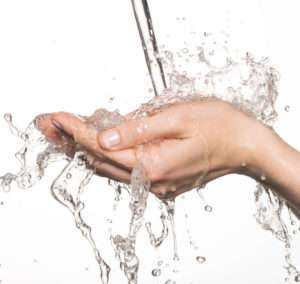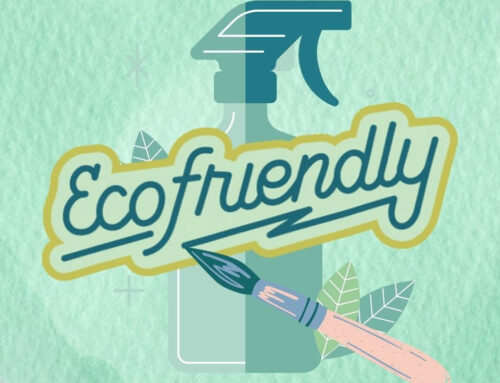Better Alternatives to Antibacterial Hand Cleaners
 2017 already marks a banner year for banning certain antibacterial soaps, thanks to major policies activated this year. Starting January 1st, Minnesota became the first state to ban triclosan, a now controversial germ-killing ingredient with potential connections to antibiotic resistance and hormonal disorders. This follows the Food and Drug Administration’s (FDA) recent nationwide ban of the substance in many personal products, including hand cleansers. These changes may affect how you implement an active sanitation program for your facility as the flu season approaching. This, however, creates an ideal opportunity to go back to basics. Instead, consider these safer cleansing options that battle bugs without the bad side effects.
2017 already marks a banner year for banning certain antibacterial soaps, thanks to major policies activated this year. Starting January 1st, Minnesota became the first state to ban triclosan, a now controversial germ-killing ingredient with potential connections to antibiotic resistance and hormonal disorders. This follows the Food and Drug Administration’s (FDA) recent nationwide ban of the substance in many personal products, including hand cleansers. These changes may affect how you implement an active sanitation program for your facility as the flu season approaching. This, however, creates an ideal opportunity to go back to basics. Instead, consider these safer cleansing options that battle bugs without the bad side effects.
Soap and Water
As Dr. Janet Woodcock, director of the FDA’s Center for Drug Evaluation and Research, said in the statement announcing the ban, “Consumers may think antibacterial washes are more effective at preventing the spread of germs, but we have no scientific evidence that they are any better than plain soap and water.”
For commercial use, consider bare-bone soaps free of fragrance and dye. Foam soaps in particular prove the most economical option, providing maximum suds with less soap. Many foaming products now come with green certifications like EcoLogo and Green Seal. Foam hand soaps also create less drips and spills, which means less waste and a streamlined clean-up process for your custodial provider. Also look for soaps packaged in sealed cartridges, which add an additional layer of protection by preventing contamination.
Sanitizers
For cleansing on the go, hand sanitizers or wipes offer a convenient option. Though research shows that washing with soap and water prove more effective in removing germs and grime (thanks to the friction of washing), the Centers for Disease Control and Prevention (CDC) recommend alcohol-based sanitizers as an alternative. The solution, however, needs to be at least 60 percent alcohol to be effective.
Alcohol-based solutions, however, can prove harsh for the skin. Alcohol-free sanitizers now provide an alternative on the market, providing an ideal choice for LEED and green facility programs. These non-alcoholic sanitizers either contain antimicrobials like benzalkonium chloride, or derive their germ-fighting power from natural disinfectants like tea tree oil.
To prevent the transfer of germs throughout this flu season, discuss with your cleaning provider about installing dispensers around your property – not just in the bathroom. Placing sanitizing stations along high traffic areas, like entrances, hallways and elevators, provides quick cleansing where it’s needed most. Some research, however, has warned about overuse, as excessive sanitation could reduce natural immunity to germs.




